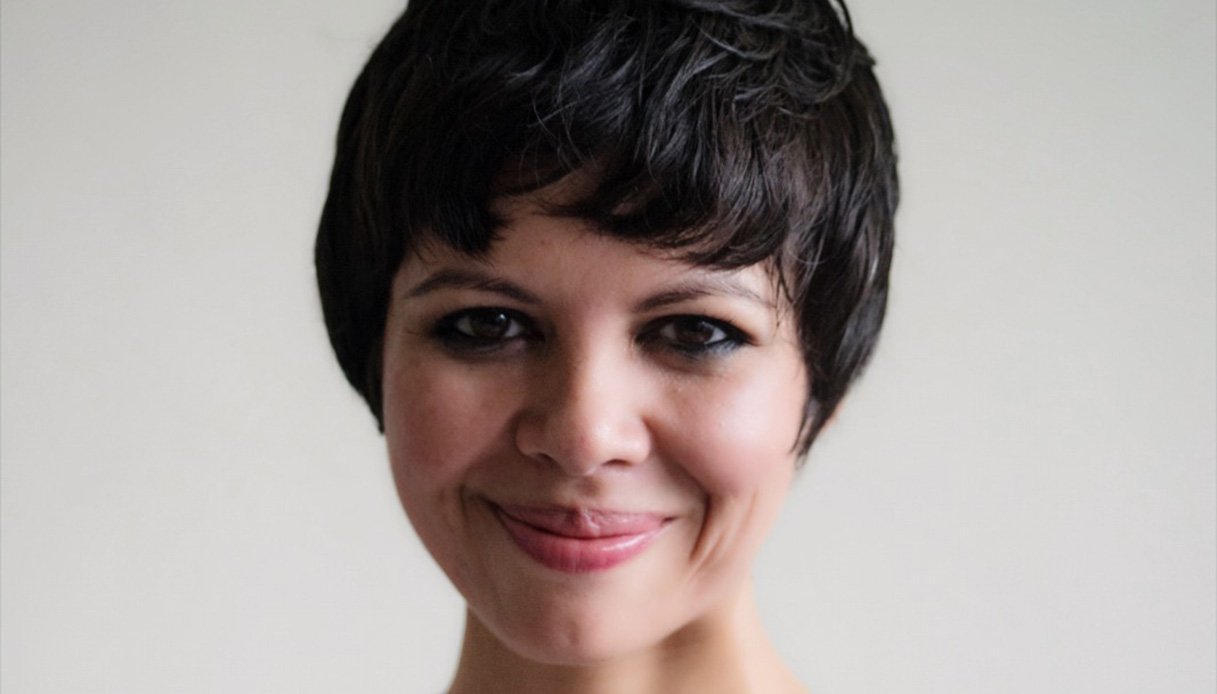Janice Pariat She is one of the most awarded writers in India. Her novel, Everything the light touchespublished by Salani, the 2023 AutHer Award and the 2023 Sushila Devi Award, as well as recognition as a Best Book of 2022 by The New Yorker.
Everything the Light Touches is a novel in which the stories of three very different characters, including the great German poet, are intertwined. Goethe who thought that he would achieve eternal fame not for his literary works, but for his scientific works such as, The metamorphosis of plantswhere he develops the idea of the original plant from which all others organically descend. Goethe found the Urban flankthe original plant, during his trip to Italy, in Padua, a palm tree still preserved in the city’s botanical garden.
However, in Janice Pariat’s novel, there is also mention of another particular plant, the Diengieia legendary tree, symbol of unity.
Everything the light touches This is a book to read, not only if you are passionate about botany, but also to take an inner journey in search of the best version of yourself, as the author told us, Janice Pariat.
How did the idea for your book come about? Everything the light touches?
I spent 10 years writing this book. So it was a very long process that began when one day I was in Salisbury, in the United Kingdom, in a beautiful garden where there was an exhibition on Victorian and Edwardian women botanists that I was very passionate about. I discovered the lives of these women who for the time were a bit “undisciplined”, they traveled, loved to pick plants, paint… In short, they did a series of things that were considered unusual for women of that time. Their lives inspired me a lot. So I imagined the existence of a young botanist from Edwardian England who takes a boat trip to India to look for something. I wrote this book precisely to discover what this young woman was looking for in India. In fact, the novel begins like this.
What do the three protagonists of your novel, Shai, Evelyn and Goethe, who are so different from each other, have in common?
All the protagonists have in common a great love for nature. Linnaeus and Goethe are very different and have very different visions, but they share an interest in natural organisms. The characters also have in common the fact of moving, of being on a journey, not only physically but also internally. They wonder who they are, they want to know what their place in the world is. For example, Linnaeus is not a great traveler, but he too, like the others, is looking for something. Mine is a book about fluidity, so the characters have to be fluid, they have to move.
Another aspect that unites them is that they are far from their biological family, because in reality they are looking for their family, beyond blood ties, that is, they are looking for people who understand and support them. All my protagonists end up finding them and in this search for others they also find themselves.
Can you explain to us what the Diengiei is and what it symbolizes in the novel?
All the characters in my book are searching for a better and truer version of themselves. This comes from an idea that influenced Goethe and was elaborated by Spinoza, according to which everyone is motivated, in one way or another, by the desire to be a better version of themselves. It is as if all individuals are following the same trajectory, driven by the same goal. The Diengiei is a mythological tree that symbolizes perfection, an idea that is however never realized or materialized. This plant therefore remains mythical, because nothing perfect and impeccable exists. The important thing is not to arrive at the destination, but rather to make this journey in search of a better version of oneself. The plant symbolizes perfection, unity.
Is the Diengiei the original plant of Goethe?
In the book, there is a contrast between Goethe’s original plant and the Indian Diengiei, in the sense that the latter acts as a bridge between the German poet and Indian science. But Goethe’s original plan and the Diengiei are linked by their opposition to Western science.
Have you visited the botanical gardens of Padua and Palermo that inspired Goethe?
Unfortunately I was not able to visit the Botanical Garden in Padua. I would have loved to see the palm tree that inspired Goethe, but while I had planned to go, while I was in Rome in March 2020, Covid broke out, there was a lockdown and I was stuck there. However, I visited other places where Goethe was, including in Rome, and another time I went to the Botanical Garden in Palermo.
Are you passionate about botany?
Absolutely yes. But having chosen a humanist path, I had to abandon the study of botany. However, during the pandemic, I rediscovered the connection with nature and plants, because I spent the confinement in an apartment with a small garden that was also my source of livelihood, it nourished me. I took care of the plants and the plants took care of me. In a way, it is as if nature had returned to my life, at the very moment I was writing this book. There was a kind of binary relationship, nature came back to me and I rediscovered nature. Obviously, I am a gardener who is still learning to take care of plants, but when you take care of them, you never stop learning.
